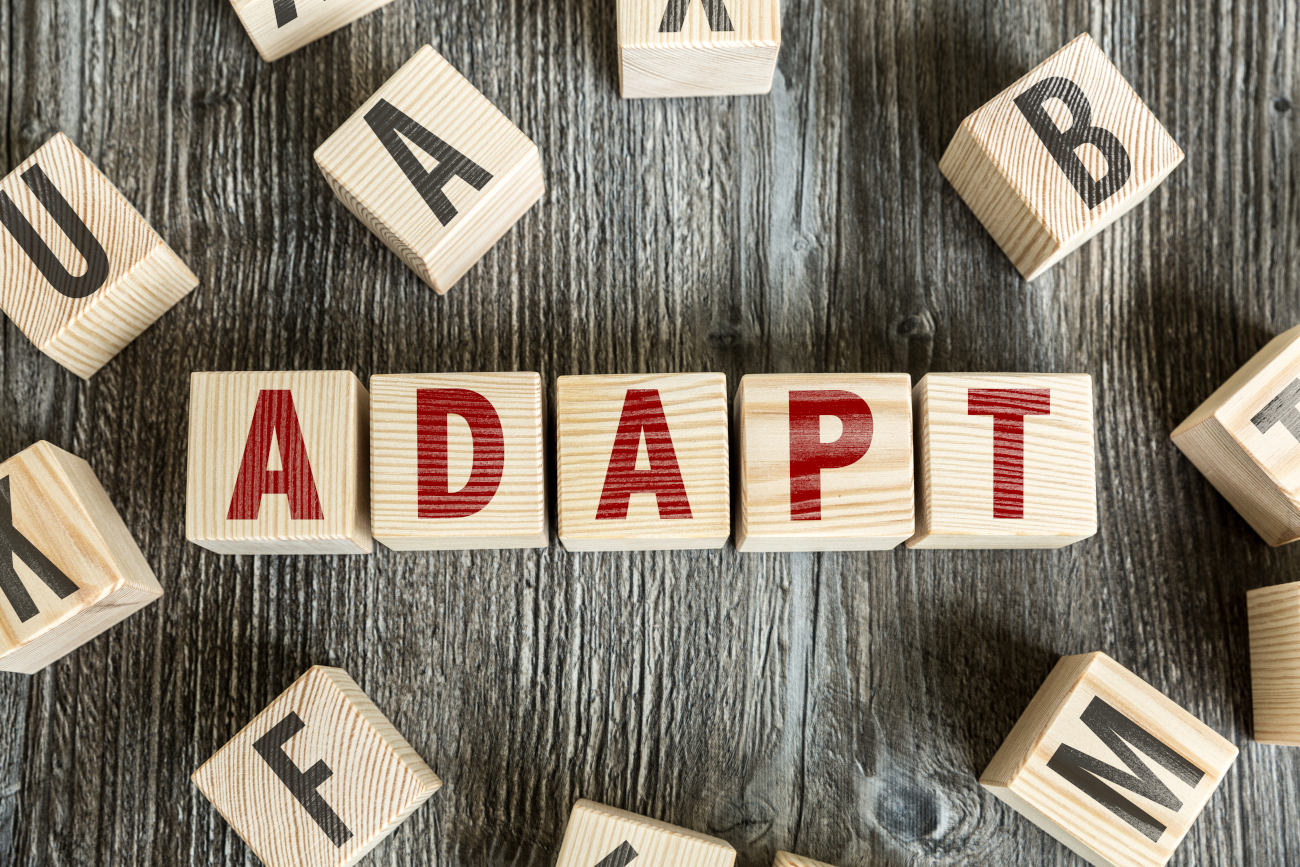If there is one thing that last year taught us, it is the importance of adapting. Even before the COVID-19 pandemic, change was always a part of business. It was more prevalent in some industries, but it was always there as a looming possibility.
Change isn’t a bad thing. It can open new opportunities or allow a company to reach new markets. However, if you aren’t prepared for it, you could miss out.
Recent events have given many professionals things to think about. One of those things should be how to create an adaptable employee training program. You need to be able to develop well-skilled staff who can handle their job roles effectively, even when a situation or setting changes. The following tips will help you integrate adaptability into your training program.
Make Sure Your Training Program and LMS Can Grow with Your Company
When we think of organizational growth, most people envision a gradual process that allows time to amass resources and make changes. However, growth can happen very quickly. A sudden increase in demand for a product or service can lead to a high rate of growth. You may need to be able to train new hires or expand the skills of seasoned workers as soon as possible.
Make sure your training program will allow growth at any speed. Many LMS platforms include scalability so you can easily increase the number of trainees on demand. Having this option will make it much easier to adapt on short notice so you don’t miss profitable opportunities.
Check Out Recent eLearning Developments and Compare to Your Training Program
Training technology is always improving. New advancements can lead to a better experience for learners. You must stay on top of these developments so you know what’s out there and what could provide the most benefit for your team.
If your training program uses software that’s several years old or more, it’s time to look for an upgrade. Many platforms include money and time-saving features that make them well worth the investment. Things like automation can allow your employees to do more in less time without sacrificing quality.
Get Feedback and Reviews from Your Most Important Asset – Your Employees
Your employees are your most important asset. They are the ones with the skills and knowledge to keep your organization moving in the right direction. They can also provide valuable feedback about your training program.
Your team can let you know if an area of your training program is lacking. They can also highlight strengths and help you understand what might need to be added. Learning opportunities are great for employee morale. When your team is willing to learn and has access to the resources to do so, your business will more resilient.
Apply Methods Like Microlearning to Make Training Schedules Manageable
Microlearning is a practical way to train employees. The Journal of Applied Psychology found that this method is 17% more effective than longer-duration classes. A Learning and Development professionals survey also found that 8 out of 10 L&D professionals prefer microlearning over traditional training methods.
Microlearning improves knowledge retention and makes it easier to fit courses into a busy day. Your team can keep up with their responsibilities while furthering their skill set. That is a win-win for everyone.
Build an Online Resource Library That Everyone on Your Team Can Access
If you don’t have one already, you need an online resource library. This should contain everything from training materials and manuals to documents or forms your staff may need. Having everything stored in a centralized, web-accessible location saves time and allows employees to work efficiently. It also empowers them to find answers on their own.
Most LMS platforms include a resource library feature. Some also provide access settings so you can ensure that each job role can get to what they need. When your team can find answers independently at any time, they will be better equipped to make good decisions, work with fewer errors, and experience less downtime.
Incorporate Visual Training Methods like VR, AR, Mind Maps, and More
Employee training shouldn’t be all worksheets and text. Incorporating visual elements improves understanding and knowledge retention.
Today’s technology has taken things several steps further with virtual reality (VR) and augmented reality (AR). You can put trainees in a real-life situation with no risk to people or resources. It’s an effective way to learn and will prepare your team for the tasks and challenges they will face on the job. It’s another way to develop the skills needed to fortify your organization.
Try a Blended Learning Approach to Employee Training for Greater Flexibility
The blended learning approach is popular and for good reason. It allows you to tap into the benefits of both eLearning and in-person methods. Having both ready to go will allow you to create a well-rounded training program.
It also allows you to lean into one or the other as needed. As we saw with the pandemic, many businesses and schools had to abruptly switch to remote learning. When you have both set up, you’ll be ready to adapt in case of social distancing limitations or other challenges.
Establish Well-Defined Learning Paths for Job Roles and Advancement
A team that is constantly learning and improving will be better able to withstand setbacks and unexpected changes.
That means you have to establish well-defined learning paths for employees to follow. These paths will guide your team through the training needed to reach goals or advance careers. When people are constantly working through learning paths, you will be able to fill job roles quicker and close skill gaps before they start costing your business.
Ensure That Your Remote Learning Infrastructure is Sound
Is your organization set up to handle full remote learning right now if it had to? This is a good time to inspect your infrastructure. Do you have any servers, computers, or other hardware that may need to be updated or replaced? Do you have a solid internet connection so that staff can log in from anywhere if needed?
Test these resources regularly so you can make changes or replacements now. It’s better to discover problems sooner rather than wait until you have an entire team or department trying to log in only to find that something has failed or isn’t set up correctly.
A Strong Employee Training Program Starts with a Good LMS
Your LMS is the lifeline for your training program. It houses all the tools and materials needed to teach and provides access for off-site remote learning. Make sure your platform is up to the task. Visit LMS.org to read LMS reviews and find out if you are missing out on new developments.








